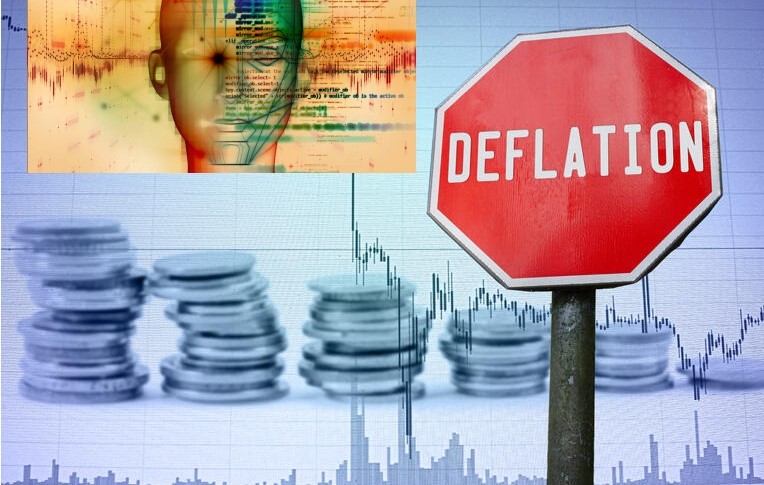Billionaire investor Vinod Khosla, a key early supporter of OpenAI, envisions a transformative impact of AI on the global economy, predicting a seismic shift over the next 25 years. Khosla suggests that AI will not only reshape industries but fundamentally alter the traditional measures and perception of economic growth. He anticipates a substantial deflationary effect driven by AI, challenging established metrics like GDP and introducing a new era where capital becomes scarce but goods and services abound. Khosla’s investment of $50 million into
OpenAI in 2019 underscores his commitment to shaping an AI-centric economic future. His outlook aligns with a vision of abundance, where AI, rather than posing existential threats, offers unprecedented economic possibilities. In a landscape dominated by AI, Khosla emphasizes the need for reevaluating metrics and questions to accurately gauge economic health in this evolving paradigm.

“The doomers are focusing on the wrong risks. By far, orders of magnitude, higher risk to worry about is China, not sentient AI killing us off.”
Vinod Khosla
The potential for AI to cause deflation in the coming decades is rooted in its impact on various economic factors. Here are several ways in which AI could contribute to deflation:
Increased Productivity and Efficiency:
Automation of Jobs: AI and advanced robotics can automate various tasks, leading to increased productivity and reduced labor costs. While this enhances efficiency, it may result in job displacement and wage stagnation.
Lower Production Costs: AI can optimize production processes, leading to lower costs for goods and services. While this benefits consumers, it may contribute to deflationary pressures if producers lower prices to remain competitive.
Technological Disruption:
Displacement of Traditional Industries: AI can disrupt traditional industries, rendering some obsolete. This disruption can lead to lower demand for certain goods and services, potentially causing deflation in those sectors.
Price Transparency and Comparison:
AI in Retail: AI-powered technologies enable better price transparency, allowing consumers to compare prices effortlessly. As competition intensifies, businesses may lower prices to attract customers, contributing to deflationary trends.
Efficient Resource Allocation:
Optimized Resource Utilization: AI algorithms can optimize resource allocation, reducing waste and improving efficiency. While this is positive for resource management, it can lead to lower prices for commodities, contributing to deflation.
Increased Competition:
Global Marketplace: AI facilitates global connectivity and competition. Businesses are compelled to offer competitive prices to a wider consumer base, potentially leading to a scenario where prices decline due to increased competition.
Enhanced Predictive Analytics:
Demand Forecasting: AI enables businesses to predict demand more accurately. While this aids in avoiding overproduction, it may result in conservative production estimates, leading to lower prices and deflationary pressures.
Rapid Technological Advances:
Continuous Innovation: AI drives continuous technological innovation, leading to the faster obsolescence of existing products. This rapid turnover can result in price declines as newer, more advanced products enter the market.
Financial Market Dynamics:
Algorithmic Trading: AI is extensively used in financial markets for algorithmic trading. High-frequency trading based on AI models can lead to rapid market adjustments, impacting asset prices and potentially contributing to deflationary trends.
Reduced Inflation Expectations:
Central Bank Policies: If AI-driven efficiencies consistently keep inflation in check, central banks may adopt accommodative policies that contribute to lower inflation expectations, potentially leading to deflation.
It’s essential to note that the impact of AI on inflation and deflation is complex and subject to various economic, social, and political factors. The potential for AI-induced deflation highlights the importance of carefully managing the societal implications of advancing technologies.


